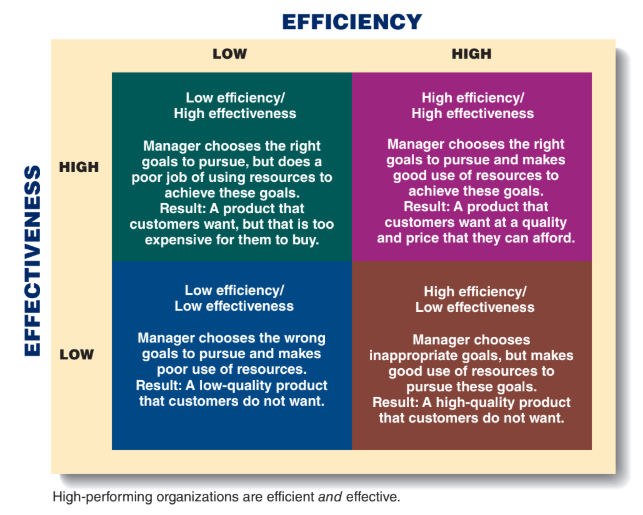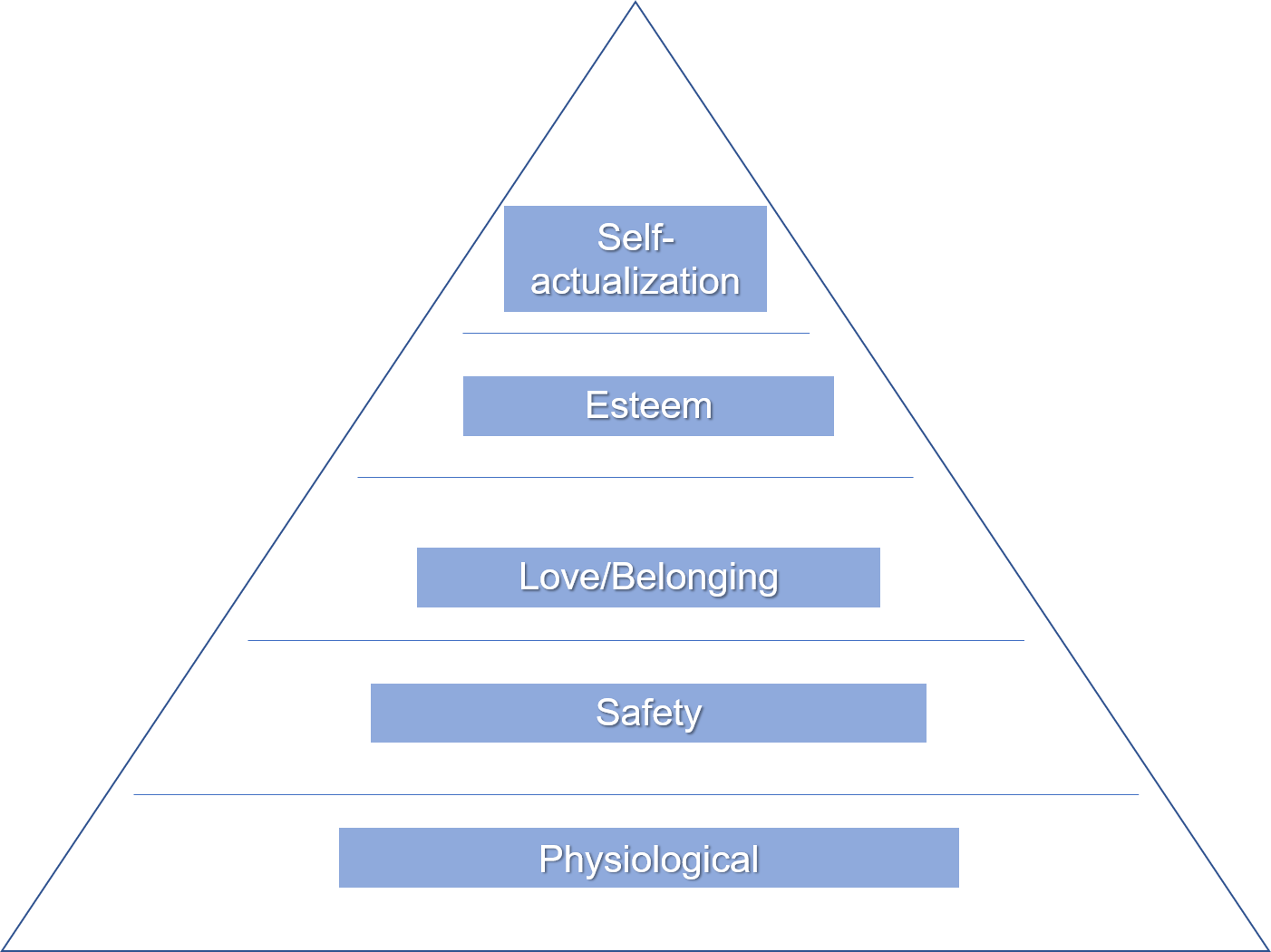Waste management on construction sites
Group: The Minions
Members: Signe Ebsen Olling (s154194), Janak Raja (s192757), Samarth Shivanand Karseri (s192743), Kathrine Butler (s153360) Amalie Hammershøy (s152985), Arsalan Aman (s190218)
Abstract
Xxx
Introduction
MT Højgaard is one of the leading construction companies in the Nordic countries. The companies sustainability department is working towards a more sustainable future in the building industry and a part of this is looking at the waste management on the construction side. By collecting more waste for reuse on the construction side the buildingside does not only become more sustainable. The right waste management is also beneficial in in terms of certified buildings (DGNB), the economics of a building project and the selling argument for choosing MT Højgaard over another company. From this project we will find solution for how to make sure that the waste is mannaged correctly by the use of project management tools. A part of this is looking and the behavior of the craftsmen and how to change this and looking into the economics of the case. The project is dividend as described in the overview.
Overview
People oriented: 1. Fish Bone Diagram, 2. Motivation Theories and 3. Maslow's Hierarchy of Needs.
Process oriented: 1. Business Canvas Model, 2. Star Model, 3. The Iron Triangle, 4. Gantt Chart, 5. SWOT, 6. Efficiency and Effectiveness Matrix, 7. Value Propositions Canvas, 8. Problem Tree and 9. Stakeholder Analysis.
Maslow's Hierarchy of Needs
Xxx
Definition
Xxx
Benefits
Xxx
Limitations
Xxx
Annotated Bibliography
Xxx
Business Canvas Model
Xxx
Definition
Xxx
Benefits
Xxx
Limitations
Xxx
Annotated Bibliography
Xxx
Star Model
Xxx
Definition
Xxx
Benefits
Xxx
Limitations
Xxx
Annotated Bibliography
Xxx
The Iron Triangle
Xxx
Definition
Xxx
Benefits
Xxx
Limitations
Xxx
Annotated Bibliography
Xxx
Gantt Chart
Xxx
Definition
Xxx
Benefits
Xxx
Limitations
Xxx
Annotated Bibliography
Xxx
SWOT
Xxx
Definition
Xxx
Benefits
Xxx
Limitations
Xxx
Annotated Bibliography
Xxx
Motivation Theories
Xxx
Definition
Xxx
Benefits
Xxx
Limitations
Xxx
Annotated Bibliography
Xxx
Fish Bone Diagramme
Xxx
Definition
Xxx
Benefits
Xxx
Limitations
Xxx
Annotated Bibliography
Xxx
Efficiency and Effectiveness Matrix
Xxx
 (Will change the picture later)
(Will change the picture later)
Definition
Xxx
Benefits
Xxx
Limitations
Xxx
Annotated Bibliography
Xxx
Value Propositions Canvas
Xxx
Definition
Xxx
Benefits
Xxx
Limitations
Xxx
Annotated Bibliography
Xxx
Problem Tree
The problem tree is a central tool of many project planning. The function of this tool is to find solutions on the problem by mapping the causes and effects. This is done by use the similar essential tool as in mind mapping, but where structure is a focus element in this method. The solution will be a prioritised presentation of a problem, its causes and consequences.
The problem tree is a tool based on the general tree diagram, which is a tool used to communicate the hierarchy of elements in a project and to clarify the relations the between main, subordinate, and supporting ideas. [1]
The use of the tool is divided in four parts [2]
- First a brainstorming is used to identify the major problems of a project. Each of these problems may result in a problem tree analysis. One problem is chosen.
- The possible causes to the problem are defined. The causes might be responsible for the problem situation but can further be causes of other causes. The causes can have internal relationships or be directly related to the main problem. All causes are being listed.
- When all causes are found, the consequences can be defined. As the causes, the consequences are being listed with their internal relationships.
- When all elements of a specific problem have been identified, the problem tree can be presented. It is viewed as a tree, where the causes are the “roots”, the main problem is the trunk and the consequences the crown.
Definition
Xxx
Benefits
The advantages of using the problem tree is understanding the problem by breaking it down. By doing it in this way, the chunks will be easier to analyse and understand. Further these will be more manageable when chunking up and down. By expand and elaborate the problems, causes and effects it might be easier for all stakeholders to understand, because of a shared sense of purpose and action. This will clarify the processes in the different stages, and the different stakeholders and participants will be related and connected to specific parts. The issues forward will further be identified and thus handled early in the process, which e.g. can prevent a leak in the budget. [3]
Limitations
Xxx
Annotated Bibliography
- ↑ Martin, Bella; Hanington, Bruce, 2012. Universal Methods of Design – 100 Ways to Research Complex Problems, Develop Innovative Ideas, and Design Effective Solutions. Rockport Publisher
- ↑ Thakur, Sidhart, 2020. Using a Problem Tree Analysis in Project Management. https://www.brighthubpm.com/project-planning/118441-problem-tree-a-comprehensive-analysis-tool/
- ↑ Overseas Development Institute (ODI). 2009. Planning tools: Problem Tree Analysis. Successful Communication: A toolkit for reserachers and civil society organisations. https://www.odi.org/publications/5258-planning-tools-problem-tree-analysis
Stakeholder Analysis
Xxx
Definition
Xxx
Benefits
Xxx
Limitations
Xxx
Annotated Bibliography
Xxx
References
Xxx
